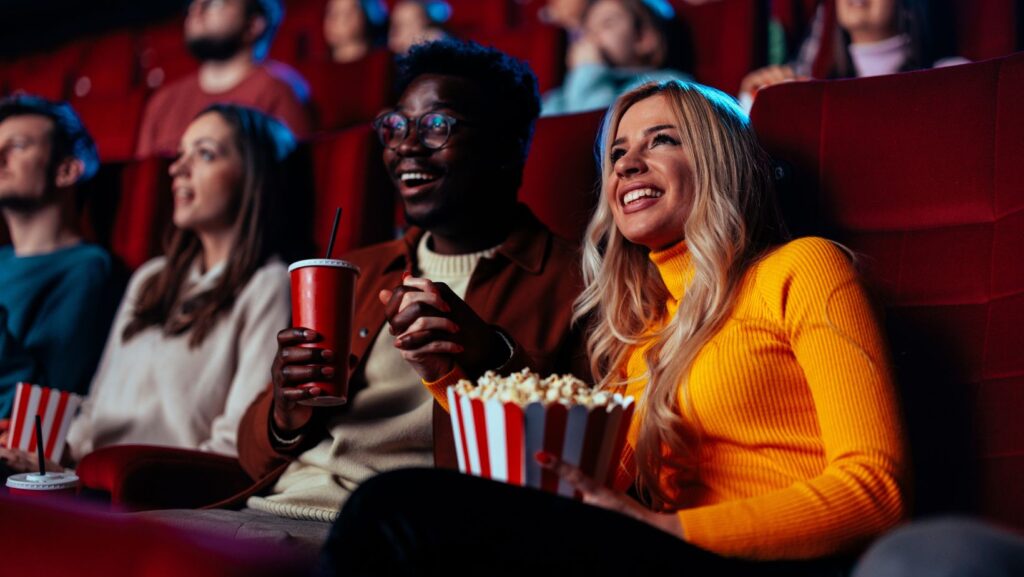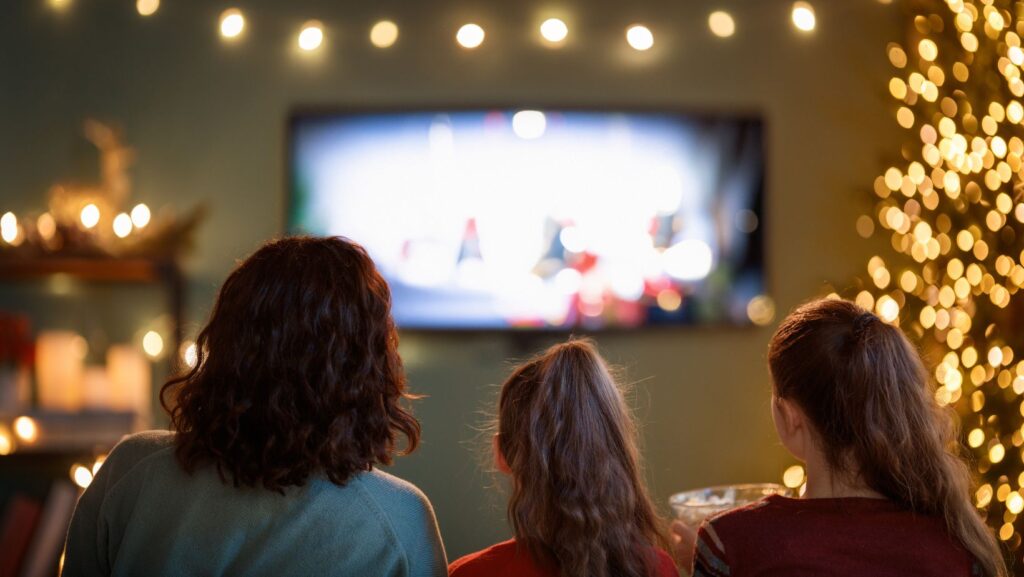Remember when the theatres were the only place and way to watch a movie? Well, nowadays, the theatre has essentially been replaced by the small device sitting in your pocket, your cell phone. This makes movies more accessible than ever. The only keepsake still around today that originated from the movie theatre days is popcorn.
As mentioned, for many people, the shift to streaming services has replaced theatres completely. Scripts are paced differently, scenes are structured to hold attention in a world full of distractions, and whole genres have been revived purely because viewers keep coming back for them.
How Your Viewing Habits Quietly Greenlight the Next Big Thing
Think your Friday-night watch list is just about relaxing? Not quite. Every choice you make—what you watch, how long you stick with it, whether you finish the last episode—feeds straight into the algorithms that studios watch closely. Those numbers influence which projects get funded and which ideas never make it past a pitch meeting.
That’s part of why nostalgia-heavy reboots, true crime documentaries, and fast-paced dramas keep popping up. It’s less about global box office appeal now and more about keeping people watching right through to the credits.
The Age of Binge Watching
TV shows used to make you wait a week for the next twist. Now, entire seasons are dropped in one go because platforms know people will devour them in a weekend. Cliffhangers are sharper, casts are bigger, and payoff moments come faster—all designed to keep you pressing “Next Episode.”
Movies have learned from this too. Franchises don’t stop at one film—they sprawl into spin-offs, prequels, animated series, and cross-platform tie-ins. It’s a long game for loyalty, and fans willingly buy in.
Why Watching Feels Like Shopping
The way we scroll through Netflix isn’t all that different from how we shop online. We compare, skip, circle back, and make snap judgments about value. That same pattern shows up when people research other things—streaming services, subscription boxes, even sites like Casino.com UK , where side-by-side comparisons make decisions easier.

It’s all part of a wider shift: we’re more deliberate about where we invest our time and attention.
Behind the Curtain
Audiences now want more than polished trailers. They want to know who’s involved, how the project came together, and what the creators stand for. That’s why behind-the-scenes clips, director Q&As, and cast interviews have become part of the marketing itself.
It’s a trust thing—just as you’d read the fine print before committing to a service, viewers are starting to ask: What am I really signing up for when I hit play?
At The End of The Day, It’s About More Than Entertainment
What we watch isn’t solely about taste anymore. It’s about the routines we have, the needs we develop, our moods, and even, our sense of self. A feel-good romantic comedy when you’re having an off day, a gritty documentary when you’re feeling curious or yearn for a unique perspective—our choices are usually a lot more emotional than they are practical.
And here’s the truth of the matter: the more intentional we are with regards to how and what we view, the more influence we begin to have over the kinds of stories that get made next. In a world with endless options, every “Play” button we press is essentially casting a vote and not only shaping the future of the entertainment industry but what we (and the rest of the world) visually consumes.

